-
Posts
5,837 -
Joined
-
Last visited
Content Type
Profiles
Blogs
Forums
American Weather
Media Demo
Store
Gallery
Posts posted by brooklynwx99
-
-
what do you think the answer to those questions are
-
 1
1
-
 9
9
-
 1
1
-
 1
1
-
-
the Pacific jet is going to retract and shift equatorward after its poleward extension next week, which should lead to the -EPO that we're waiting for. I have pretty high confidence in this -EPO developing; the progression makes sense. BN to much BN temps in the East would follow into early Dec
trough near Japan/HI are also old-school signs of a favorable Pacific pattern
-
 3
3
-
 3
3
-
-
the Pacific jet is going to retract and shift equatorward after its poleward extension next week, which should lead to the -EPO that we're waiting for. I have pretty high confidence in this -EPO developing; the progression makes sense. BN to much BN temps in the East would follow into early Dec
trough near Japan/HI are also old-school signs of a favorable Pacific pattern
-
 6
6
-
 1
1
-
-
the Pacific jet is going to retract and shift equatorward after its poleward extension next week, which should lead to the -EPO that we're waiting for. I have pretty high confidence in this -EPO developing; the progression makes sense. BN to much BN temps in the East would follow into early Dec
trough near Japan/HI are also old-school signs of a favorable Pacific pattern
-
 17
17
-
 1
1
-
-
the Pacific jet is going to retract and shift equatorward after its poleward extension next week, which should lead to the -EPO that we're waiting for. I have pretty high confidence in this -EPO developing; the progression makes sense. BN to much BN temps in the East would follow into early Dec
trough near Japan/HI are also old-school signs of a favorable Pacific pattern
-
 5
5
-
 1
1
-
-
2 hours ago, Stormchaserchuck1 said:
@brooklynwx99 Has 500mb maps of days leading up to NYC 18"+ snowstorms.. it has a real strong Aleutian ridge (I think near +150dm) a few days before.. along with a -NAO.
yeah, you have +PNA the day of but -PNA beforehand. the +PNA is a transient response to the low heights off the WC. retrograding -NAO is a must (which is why i hate when people totally downplay the impact of the NAO)
-
 2
2
-
-
very aggressive weakening of the SPV today

-
 11
11
-
-
what a day. i find it rather unsettling that people that appreciate the weather can't seem to understand that we are impacting it
there is a debate to be had as to how we are impacting the weather directly, aside from a direct increase in overall temperature, and I think that the debate in that regard is needed and is healthy. for example, debating how the increased warming will impact nor'easter potential is worth the time, and the perspectives on that topic are appreciated
however, totally denying the impact that we have had is complete BS. that stems from denial or political affiliation (which is honestly even worse than straight up denial)
sorry to mods if this needs to be cleaned up btw
-
 2
2
-
 1
1
-
 1
1
-
 2
2
-
-
i swear, reading this thread is like groundhog day sometimes
-
 5
5
-
 1
1
-
-
-
wow, the ECMWF is super aggressive with the weakening of the SPV early on. can't remember the last time i've seen a SPV potentially this weak to start a winter
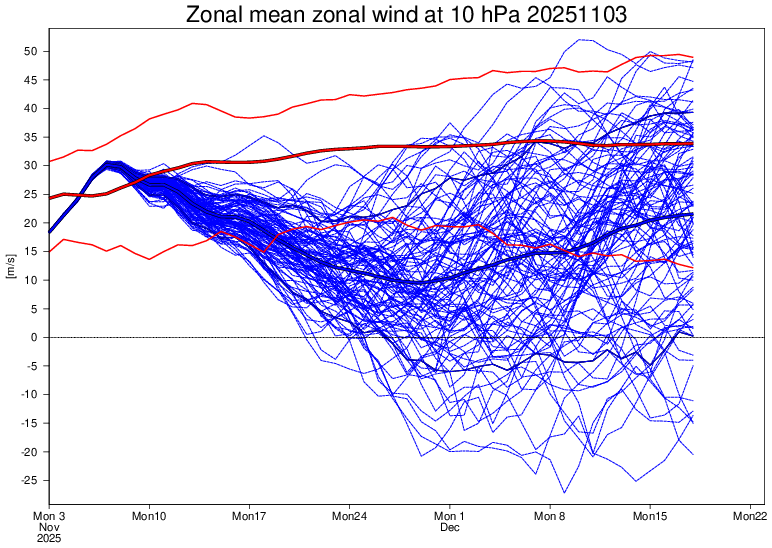
-
 7
7
-
 1
1
-
-
-
this is a pretty wild change near Japan since August. that heatwave is almost entirely wiped out... wondering if this is a change to a +PDO down the road, especially if we get a Nino next year
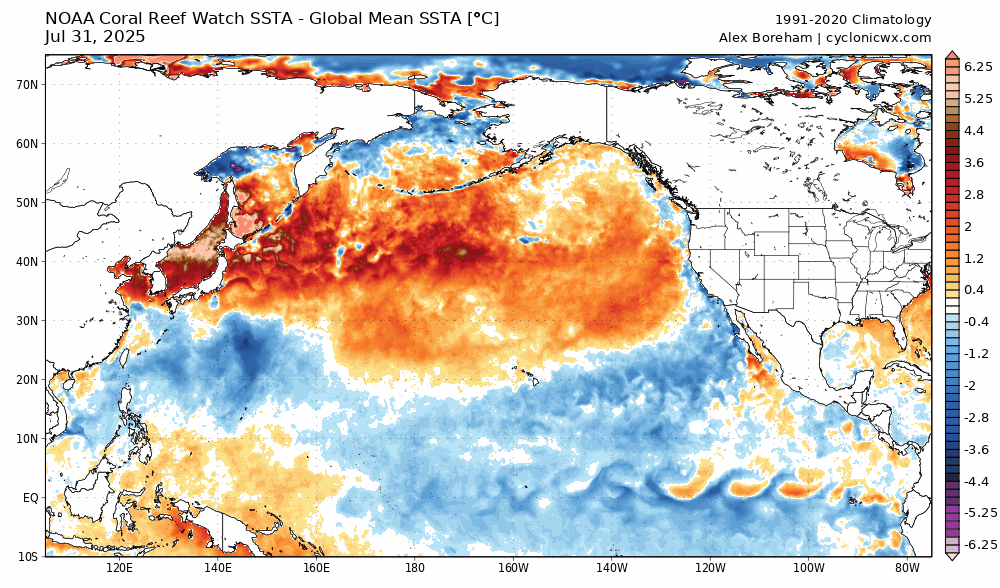
-
 9
9
-
-
7 hours ago, snowman19 said:
We have reached the point where people using 2013 as an SST analog (SST analog) have an issue. Not commenting on any other factors being used as an analog to that year, just SSTs. But as it stands now, we are not even in the ballpark of going into a Victoria mode PDO, not even close, whereas we were into a Victoria mode PDO by the beginning of November back in 2013….
we might as well mention the cooling of the majority of the N PAC basin, especially near Japan and SW of the Aleutian Islands
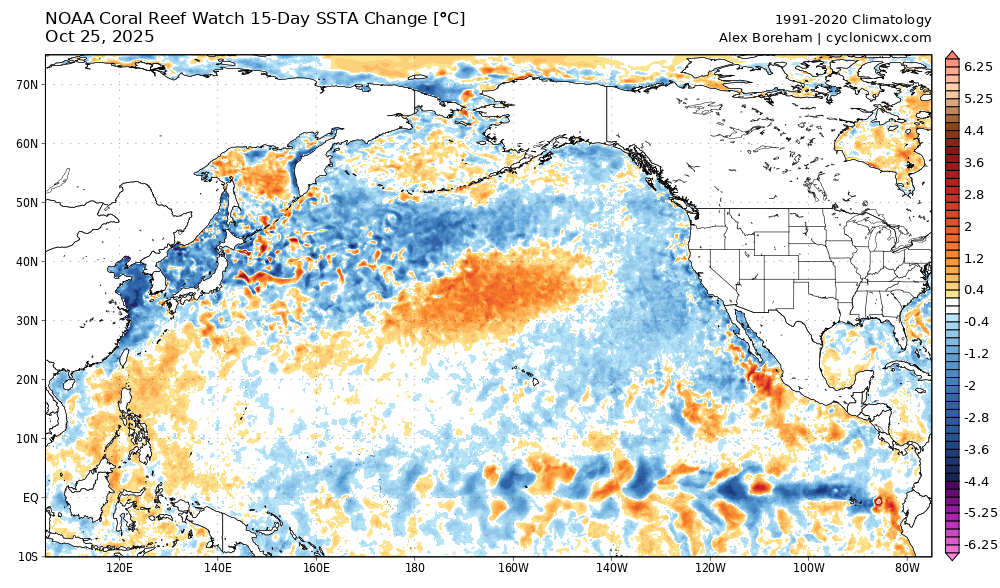
-
 5
5
-
-
10 minutes ago, jm1220 said:
-NAO blocking does us no good and can actually hurt if we get a steep SE ridge that links with it. That’s happened several times the last few winters. It can also keep everything suppressed to hell if we have a fast Pacific jet.
you seem a bit traumatized, dude. -NAO blocking has been in place for pretty much all of NYC's largest storms. to say that Greenland blocking is not beneficial is untrue
-
 2
2
-
-
-
4 hours ago, 40/70 Benchmark said:
Yea, AO and EPO are non-starters if they are hostile. NAO is icing on the cake and more of an insurance element against "what could go wrong".
I prefer to think of the AO as general blocking, the EPO as an Arctic cold index (independent on where it's going), the PNA as a modulator on where cold ends up in the CONUS, and the NAO as a big storm modifier, at least for NYC south. very difficult to get a MECS+ without a -NAO down here
i've done research on preloading patterns and the -NAO really has no impact up by you. it's all forced by the Pacific, as you know (see Jan 2022, Jan 2015)
-
 3
3
-
 1
1
-
-
-
the S/W becoming more amplified over WI leads to increased phasing down the line. the entire tilt of the trough is more negative as a result, leading to a much more tucked and amplified system. this is a solid example of looking at 500mb ensemble trends to see how phasing impacts storm track. with all major ensembles on board inside of D5 (CMC was holding out a bit yesterday and this morning), confidence in this system making significant impacts is a good bit higher
-
 6
6
-
 1
1
-
 1
1
-
-
39 minutes ago, GaWx said:
Fwiw today from JB:
Warm October, Warm Winter. Yes and No
I received an email last night saying alot of people on X are starting to hammer our winter idea because of the warm October. And they have good reason too, because warm Octobers centered in the Northeast tend to be warm winters. Some of the worst winters I can remember are those warm, dry Octobers
However there is a problem when we look at the analogs. When warm Octobers are centered in the heartland and the back part of the hurricane season ( more than 50% of ace after Sept 15) we get a very different story. What I did here with this analog is pick out the warmest Octobers since 1950 and double weighted the late season ACE ones:
So what do the winters look like?
Here’s my main problem with his maps. He’s using 1991-2020 for climo, which makes his winter analog composite look significantly colder than if earlier climo were used. Keep in mind that half of his years are 1989 and earlier.
What’s the most appropriate climo to use from that site? There’s no easy answer but something earlier than 1991-2020 would obviously be more appropriate. Octobers are still warm no matter what climo is chosen (different degrees of warmth depending on climo that’s chosen).
If I use 1951-2010, I get this:That actually shows very slightly mild or essentially NN. But perhaps that’s too far back although he does have 3 of his 10 weights as 1950-1.
What about if I use 1971-2000?It’s also very slightly mild/NN in the NE US:
The point is that he used too warm climo, which made his winter analog average too cold.
since I almost exclusively use analogs since 2000 with only a few in the 90s, I think the 91-20 climo is okay to use
-
 2
2
-
-
7 minutes ago, BlizzardWx said:
EPS weeklies try to bring the GOA trough back by the 20th of this month. But on the other hand they didn't see this GOA ridge until a few days ago. But considering this GOA ridge will probably be a dominant feature this winter I am not surprised to see it poking back up.
yeah, not the best job
-
 2
2
-
 1
1
-
-
5 hours ago, snowman19 said:
that's going to flip back over the next couple of weeks with the anomalous ridge developing there
-
 5
5
-
 1
1
-
-
13 hours ago, bluewave said:
I think the record cold in Siberia creating the tight gradient between the record SSTs south of the Aleutians is helping this very strong shift to +EPO. This is following a similar pattern of recent years. Currently the Aleutians are experienceing a 4 sigma jet max helping to dig the +EPO trough and pump the warm ridge over North America. So as we have seen in recent years it tough to maintain a -EPO indefinitely. This EPO reversal was among the strongest we have seen from September into October.
in recent years? when has it ever not been tough to maintain a -EPO indefinitely?
-
 2
2
-
-
I can assure you, when we do get a good winter from NYC south, I doubt anyone will have actually forecasted it beforehand. including myself
-
 6
6
-
 1
1
-
 1
1
-


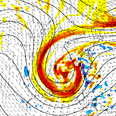
.thumb.gif.d7f861d028ded8b36b10020c4783222d.gif)
.thumb.gif.eb5cfde7668d4682e6cc15a8a548d697.gif)
.thumb.gif.349a25a1ecb9ea49c9a8a94a0b313f3e.gif)
.thumb.gif.b112d0bfadbc5ed5b791ef738ad58be0.gif)
.thumb.gif.300bf27aab3d377118a7e5f0883262b9.gif)
.thumb.gif.c87f8ae27a7f07beecdbf4d05f888eea.gif)
.thumb.gif.bd50d08dbaeadf732dd38220f25673d6.gif)
.thumb.gif.2afbd364b1a76da6e6f6c00442c7165b.gif)
.thumb.gif.7818506630c317343770598cc9fc88f0.gif)
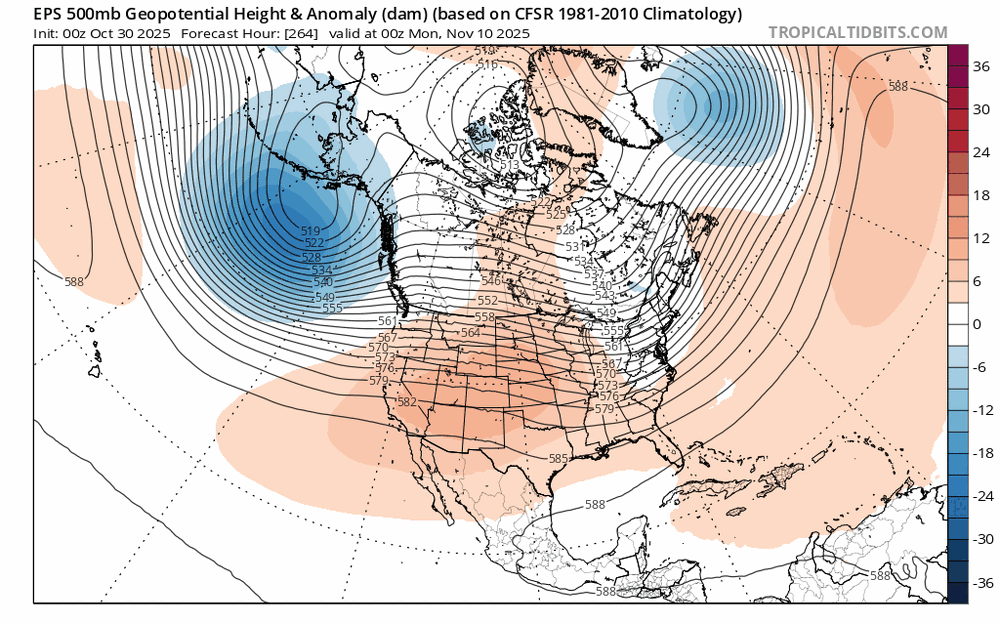

.png.f278b33dbac4111e4eb23c0c0aa6f38e.png)
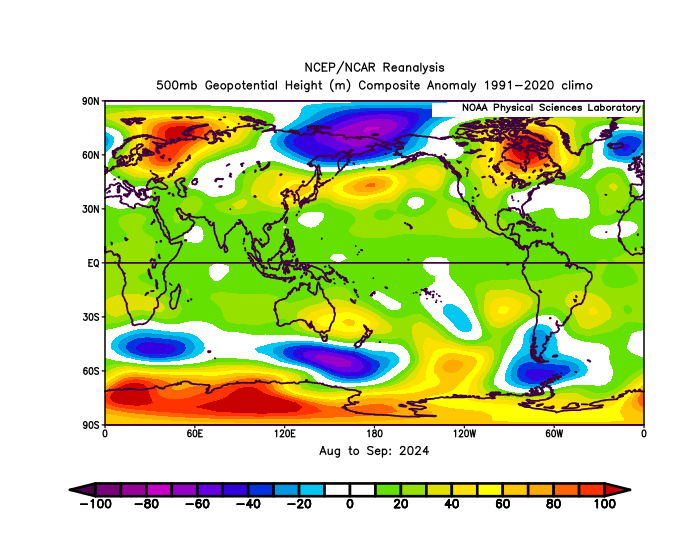
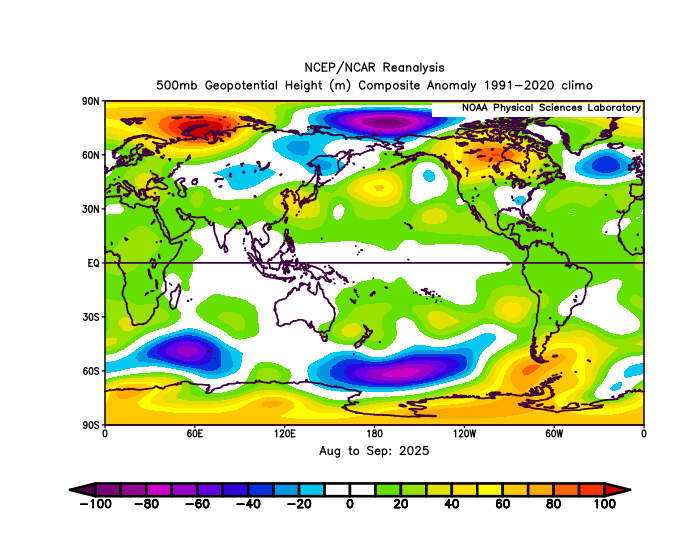

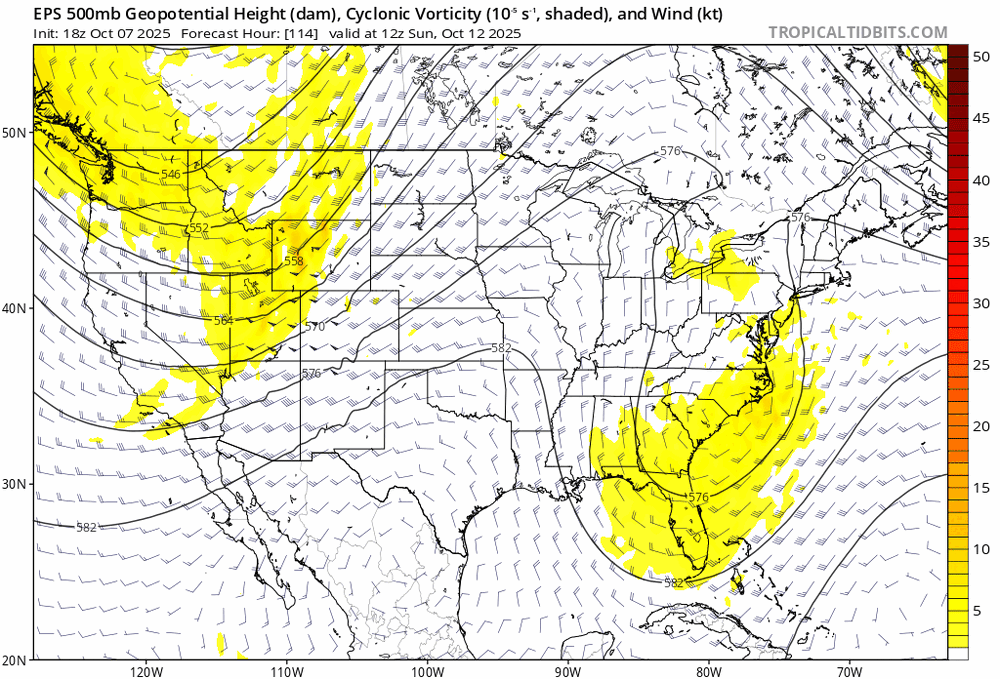
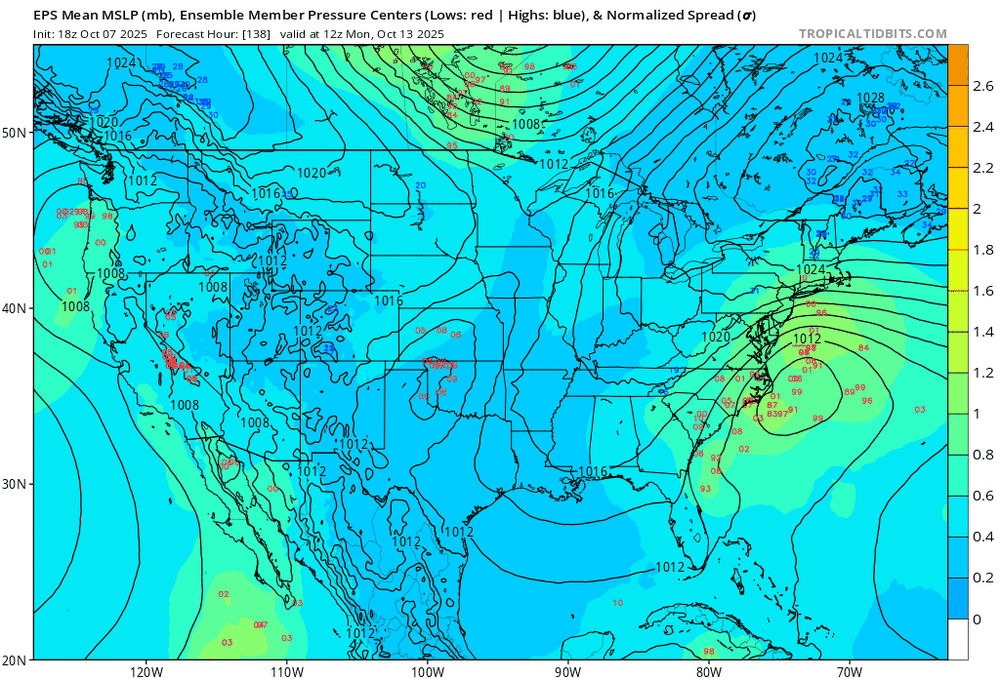

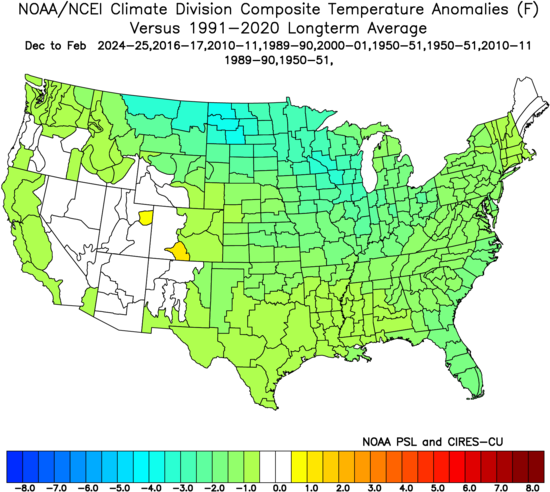
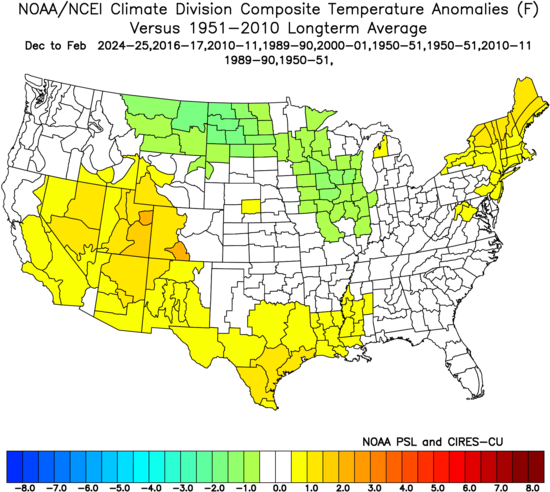

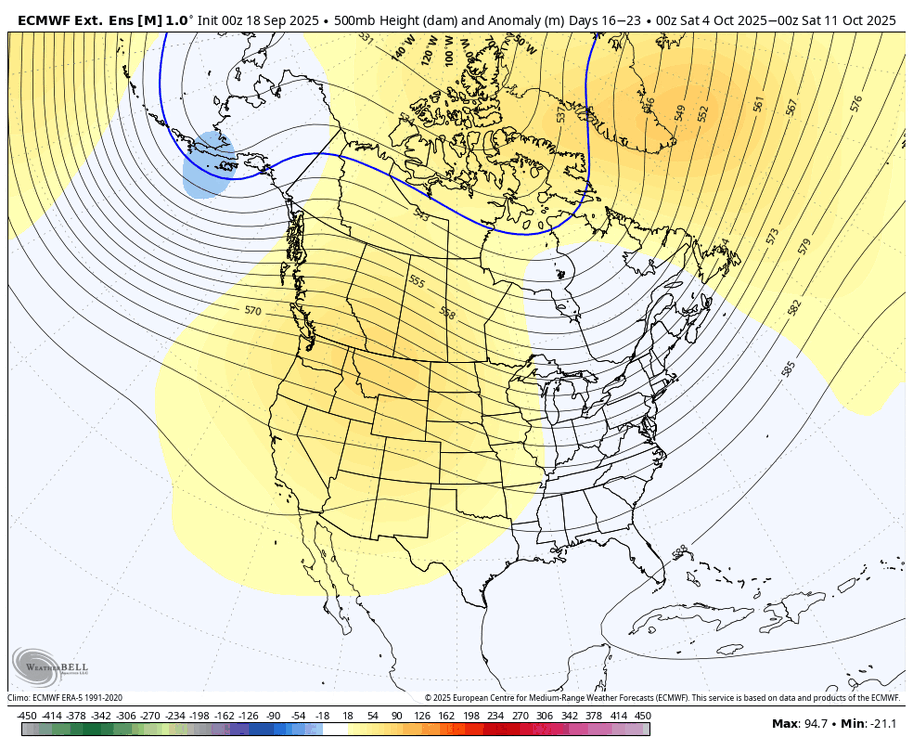

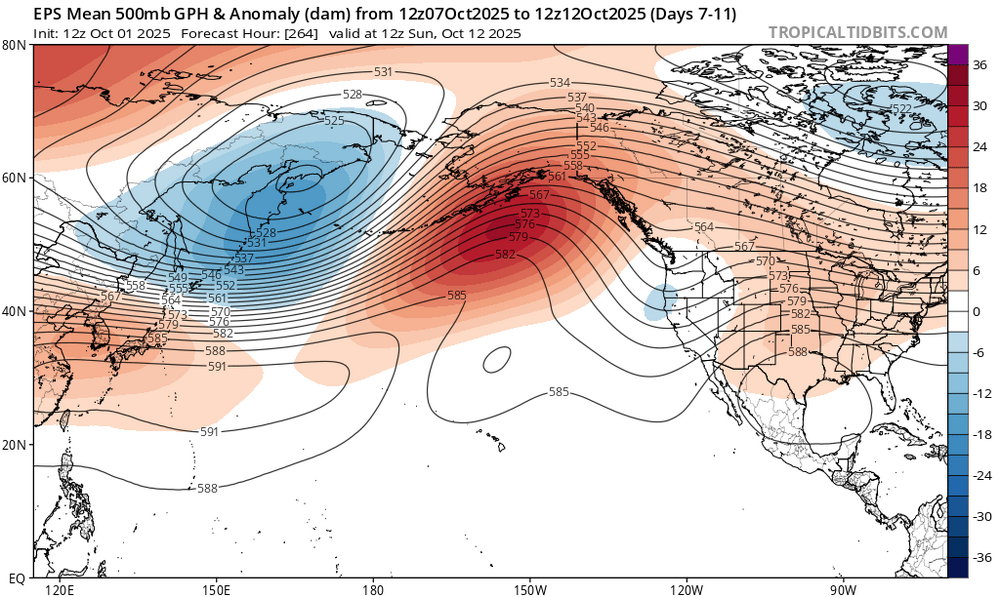
2025-2026 ENSO
in Weather Forecasting and Discussion
Posted
ensembles are growing more and more aggressive with the -EPO around Thanksgiving thanks to the equatorward movement of the Pacific jet. high confidence in this occurring given the lead time